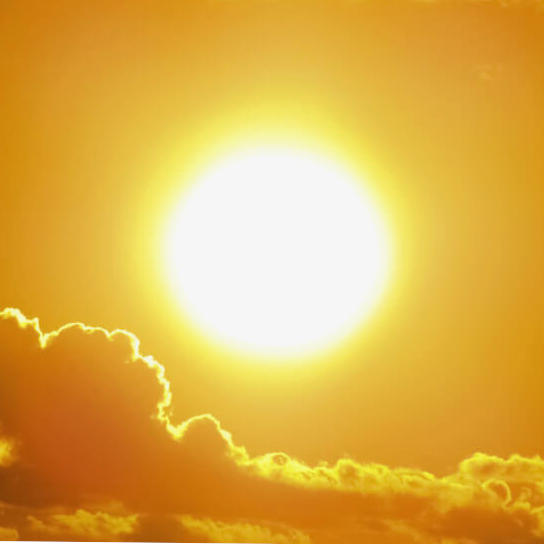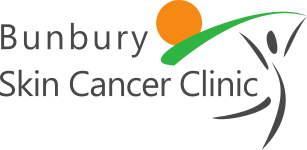What is vitamin D?
Vitamin D forms in the skin when it is exposed to UV from sunlight. Vitamin D can also be obtained from some foods, such as margarine and some dairy products fortified with vitamin D, as well as oily fish, eggs and liver. However the vitamin D in food makes a relatively small contribution to person’s overall vitamin D levels.
We need vitamin D to maintain good health and to keep bones and muscles strong and healthy.
Balancing vitamin D with sun damage
In Australia we need to balance the risk of skin cancer from too much sun exposure, while maintaining adequate vitamin D levels. Sensible sun protection does not put people at risk of vitamin D deficiency.
The majority of Australians achieve adequate vitamin D levels through the sun exposure received during typical day-to-day outdoor activities.
During summer you can maintain the adequate levels through a few minutes of sunlight on your face, arms and hands. (Not during the periods of 10am to 3pm)
In winter the southern parts of Australia have a less intense UV radiation level you will need 2 to 3 hours sun exposure on your face, arms and hands spread over a week to maintain adequate vitamin D levels. In northern parts of Australia it’s not necessary to deliberately seek UV radiation exposure adequate vitamin D levels can be maintained through the sun exposure they receive during typical day-to-day outdoor activities

When do I need sun protection?
Most Australians will need protection when the UV index is 3 or above. You can find this on the weather page of most Australian daily newspapers, or at www.bom.gov.au search for ‘UV Alert’ when the SunSmart UV index level is below 3 ‘no UV alert’ will be reported.
Early detection
Regular skin checks increase the chance of finding skin cancer at an early and treatable stage. If you see a new spot or one that has changed shape, size or colour or a sore that won’t heal, see your Doctor as soon as possible.
SunSmart Communities
Taking personal sun protection measures is vital, but it is also important to consider ways to help the wider community you live in to be more SunSmart. UV radiation exposure during childhood and adolescence contributes significantly to lifetime risk of skin cancer. With schools, child care centres and families working together within the community, this can have a significant role in reducing sun exposure and improving SunSmart behaviour.
Anyone who spends all or part of their working day outside are at high risk of developing skin cancer.
Regular skin checks increase the chance of finding skin cancer at an early and treatable stage. If you see a new spot or one that has changed shape, size or colour or a sore that won’t heal, see your Doctor as soon as possible.
For more information you can refer to the Cancer Council Australia’s ‘Benefits and Risks of Sun Exposure’ position statement available www.cancer.org.au
